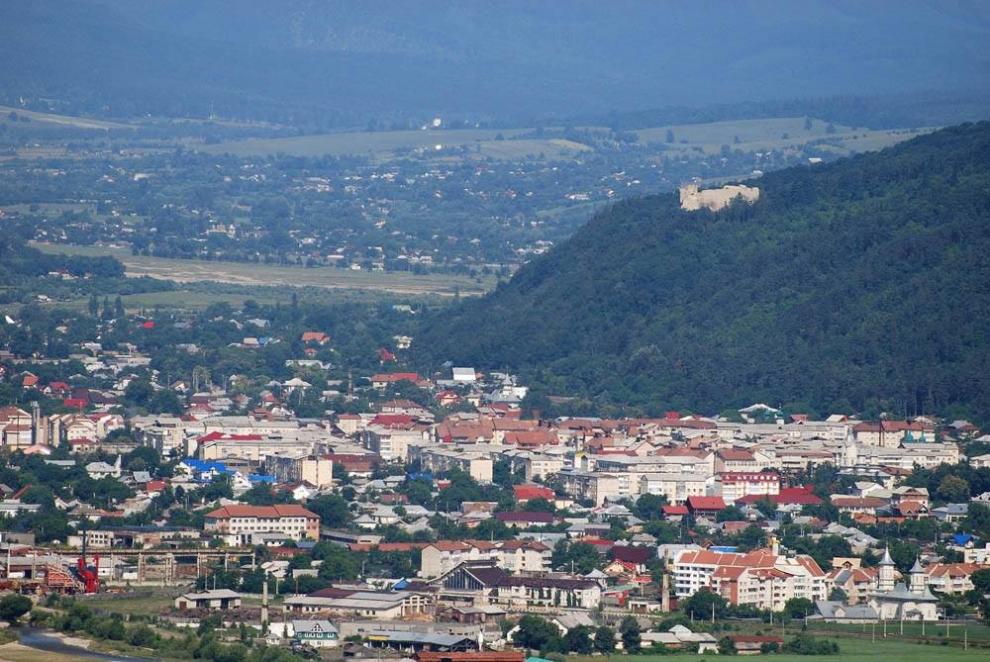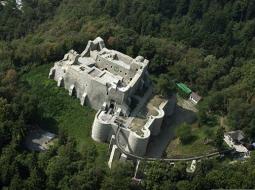Thessaloniki gets ready for its metro launch in November
The underground rapid transit lines have been under construction for almost two decades due to various project delays
 TheMayor.EU logo
TheMayor.EU logo 
Originally a market town, hence its name (in Romanian "târg" means market), it had an important role in the Moldavian culture. Târgu-Neamț was first mentioned in a late-14th century document. In the Romanian language “Neamț” is a generic name of Slavic origin used for German people. This has led to speculation that Saxon colonists who have passed through the Carpathians from the Bistrița area then established a commercial township.
In the past, some Romanian historians believed that Târgu-Neamț was a German settlement dating from the 13th century. Then the Teutonic Order invaded from Transylvania attacking the Cumanic people that lived in Moldavia.
Nowadays, the town is famous for the Fortress of Neamț, built by Petru I Mușat.
Târgu-Neamț is a city in Neamț County, in the region of Moldova, Romania. The city is located in the north of Neamț county, in the west of the historical region of Moldova and in the northeast of Romania.
The city has four localities: Târgu-Neamţ (the residence of the city), Humuleşti, Humuleştii Noi and Blebea (component localities of the city other than the residence city).
The city of Târgu-Neamţ has a total area of 4,301 ha, of which 70.2% agricultural land (arable land, pastures, meadows, vineyards and orchards), and 29.8% non-agricultural land (forests, waters, ponds, construction, communication, railway and land unproductive).
According to the 2011 census, the population of Târgu-Neamț rises to 18,695 inhabitants, down from the previous census of 2002, when there were 20,496 inhabitants. The majority of the inhabitants are Romanian (93.3%), with a Roma minority (1.77%).
The main source of revenue in the town is tourism, followed by the wood industry, textile industry and metal industry.

Târgu-Neamţ is ranked as a touristic resort of national interest due to its many touristic attractions:
Address: str. Ştefan cel Mare №62, Târgu-Neamţ